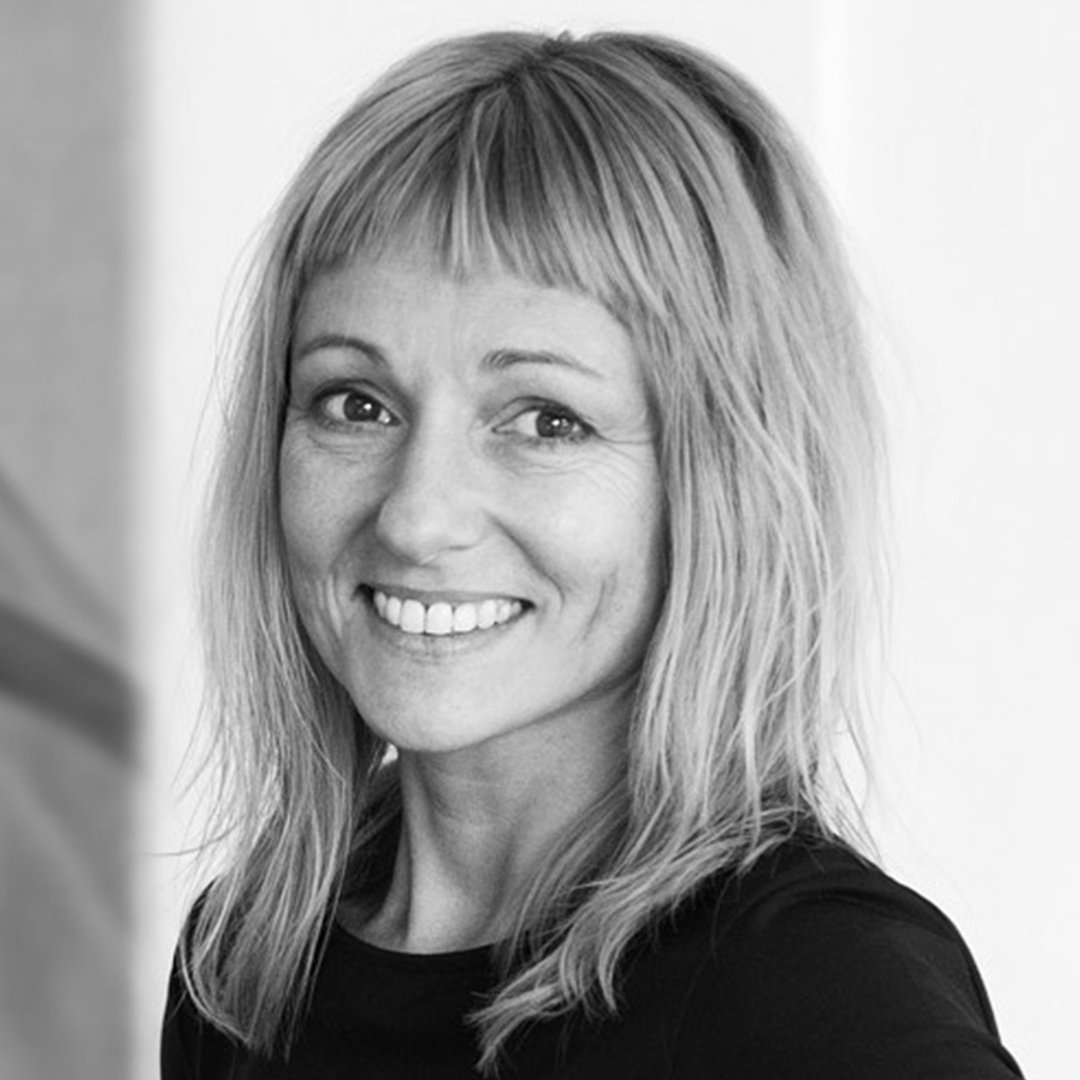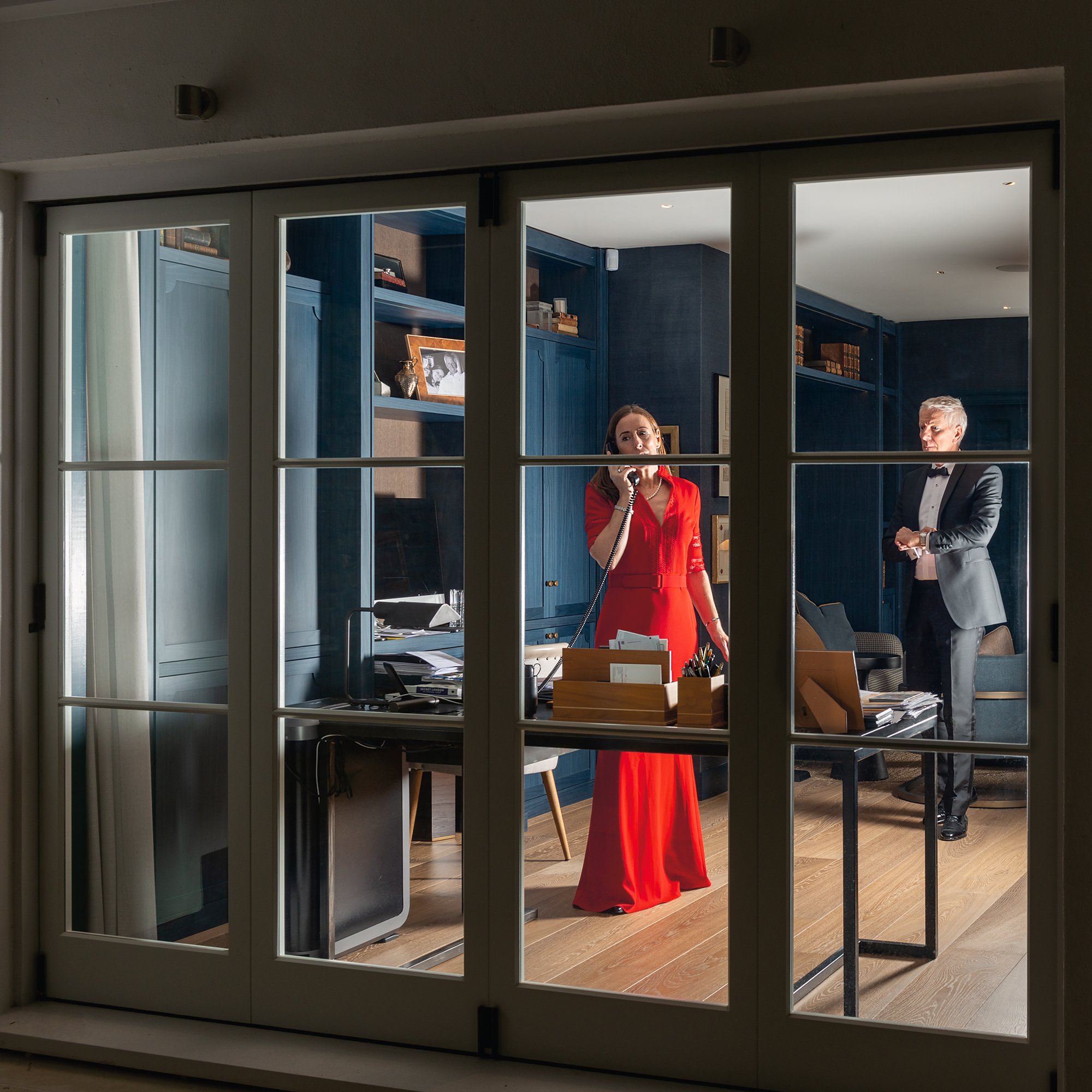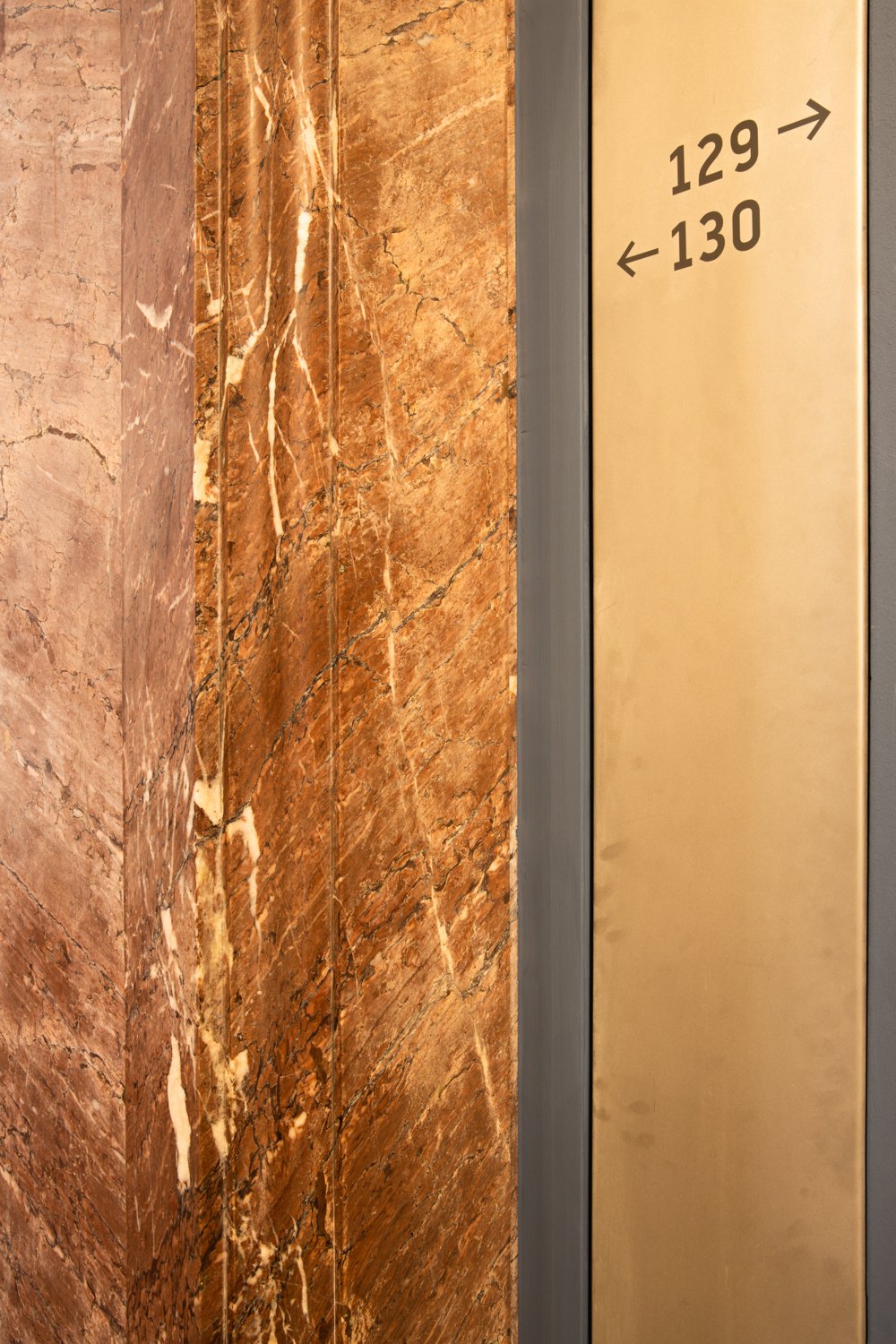BBA Photography Prize 2022
Exhibition location
Kühlhaus Berlin
Luckenwalder Straße 3, 10963 Berlin
04. Nov - 13. Nov 2022
Award Winners
1st Prize: Vincent van Gaalen
2nd Prize: Olga Wagemans
3rd Prize: Tim Franco
People's Choice Award: Concha de la Rosa & Kaleef Oladele Lawal
One Shot Award: Sarah Grounds
MPB Award: Kaleef Oladele Lawal
Now in its 5th year, the BBA Photography Prize honours talented photographers. Together with an international jury, Berlin-based BBA Gallery has selected 22 photographers for the shortlist and 50 nominees for the One Shot Award, whose works was seen in a joint exhibition in the Kühlhaus Berlin. The first prize winner Vincent van Gaalen will receive his solo exhibition in BBA Gallery in 2024.
About the 2022 edition
Meet the photographers
22 Shortlist photographers
-
Kristoffer Axén, born 1984 in Stockholm/Sweden, studied fine art at the International Center of Photography in New York between 2008-2009, a city in which he lived and worked in until 2013. He currently lives and works in Stockholm.
Axén’s practice focuses mainly around one theme which branches out into different series - that of the surrealism and solitude which follows an introspective and examined existence. His images (meant to stand on their own even among a series or group) is therefore highly subjective and suggestive, and is consequently often dreamlike in its feel, relating more to atmosphere and mood in an anonymous setting than to any specifics. In this way he uses photography more like painting and certain cinematic expressions and its relation to the inner world rather than as a way of documenting an objective reality.
Axén’s work has been exhibited in solo shows in New York, Copenhagen and Stockholm, and in numerous group shows around the world. He is part of many private and public collections and he has been published in articles and selections from magazines such as the British Journal of Photography, The New York Times and Vogue Italia. He was selected as a part of the New York based Tierney Fellowship and was also selected as a part of the reGeneration2: Tomorrow’s Photographers Today traveling exhibition
-
When in 2000, the paleontologist Paul Sereno went to look for new dinosaur bones in the Sahara Desert, he did not expect that he would return from there as an archaeologist. Arriving in the northeast of Niger, Sereno and his colleague’s day after day sifted through the sand of Tener, one of the most inhospitable deserts in the world, which even the nomadic inhabitants of the Sahara call “desert in the desert”.
There were practically no finds. In the evening on the last day of the excavation, the scientists were about to leave, and most of them went to the camp, but Sereno still insisted that his team get to a distant hill, promising their employees that the expedition was on this hill. Sereno fulfilled his promise, but the end of that expedition was the beginning of a great new work: on the way to the hill, scientists found a whole stone age cemetery.
The first about 10 thousand years ago came here tribes of strong people, hunters and fishers, which scientists attributed to the Kiffi culture. Just two millennia earlier, the last ice age ended, the Earth entered the Holocene, and the Sahara, which remained a dry desert for many thousands of years, was filled with water and life. There was a small lake in Gobero, which, according to archaeologists, attracted people.
About 10 thousand years ago came here tribes of strong people, hunters and fishers, which scientists attributed to the Kiffi culture. Just two millennia earlier, the last ice age ended, the Earth entered the Holocene, and the Sahara, which remained a dry desert for many thousands of years, was filled with water and life.
They were real giants: judging by the skeletons that were discovered in the graves of the Kiffi episode in the history of Gobero – The growth of these people who lived 10 thousand years ago often exceeded 2 meters.
And the average growth of adult inhabitants of the environs of the ancient lake was about 1.8 to 2.15 meters – both men and women. The Kiffians were not just giants, they had a massive physique and were very muscular.
According to Sereno and his colleagues, at that moment another drought came to Africa, turning the Sahara back into the desert for a thousand years.
-
Degree in Law, Nebrija University, Madrid, Spain, 2014-2018.
Master in Nonverbal Behavior, UDIMA University, Madrid, 2016-2017.Andrés Gallego is a Spanish Fine Art photographer based in Spain, who has found in photography a form of personal expression, which allows him to project his concerns in a creative way.
In 1992, a number of American photographers paid homage to Hopper in an exhibition linking photography and painting. At the event, Joel Meyerowitz emphasised the fundamental difference between the nature of photography as a momentary event and the nature of painting as a process, but what happens when we unite both languages in the same work?
This project is made up of a series of photographs represented around Hopper's work, where the views of the windows are created by the artist himself with acrylic paint on canvas, as well as the scenography made on a real scale. In most of the works we see his wife, just as Hopper depicted Jo. We can think of it as a portrait of her or, as the painter did, we can think of it as a portrait of any of us, a place where we can take shelter.
Decide for yourselves what is through the window.
-
Description text goes here
-
Description text goes here
-
Description text goes here
-
2017 International Center of Photography, New York, NY
1993 Master of Architecture, UCLA School of Architecture and Urban Planning, Los Angeles, CA
1990 Bachelor of Fine Arts, The School of the Art Institute, Chicago, ILNina Welch-Kling is a New York City-based photographer. The German native combines her background in architecture and design with her passion for roaming the city streets to guide her often mysterious photographic depictions of everyday life.
Welch-Kling loves to observe people. In the series, Duologues, she records fragments of these encounters. It is a play between two images creating meanings belonging to neither— a discovery process each viewer interprets differently. Reminiscent of synchronicity, an idea that describes meaningful coincidences, the pairings intentionally produce uncanny relationships.
Shooting intuitively and spontaneously, the photographer's eyes lock onto the unusual, the outstanding, and even the mundane. Frequently, dramatic lighting shapes the photographs and the unrelated pieces are collected like stems of wildflowers - disconnected, yet bound together by their place of origin. The visuals seem familiar, but particulars will distinguish them from the common.
The images are matched by playing a game of Memory: finding in each image shapes, gestures, and symbols that rhyme. The rhyming may occur within the major elements in the image, such as the subject, or in minute details that otherwise might go unnoticed. By pairing two photos that occurred at different times, the story that emerges can bring them together. The final sequence feels deeply connected, though the encounters on the street were random.
-
For the project 'Absence' Vincent van Gaalen (1984, Delft) travels to the last dark areas of Europe where the nightly darkness has not (yet) been replaced by artificial light.
Amidst this darkness – surrounded only by his equipment, a tent, and some provisions – Van Gaalen photographs our human absence. Leaves, stones, water and air catch the light of the moon and stars. The deepest blacks emerge, outlines are enhanced. In this world, as darkness takes control, reason makes way for imagination. It makes us vulnerable. The landscape remains barely visible - but tangible all the more.
'Absence' is an ongoing project that Van Gaalen started in 2020. Van Gaalen (1984) graduated at the Royal Academy of Arts in The Hague in 2011. Since then, he works on long-term photographic projects. In his work, he studies the age-old friction between creating mankind and the autonomy of nature.
-
Blindwalk (2022)
A person cannot see, but moves through space by following the photographer's instructions. Through the camera, he observes and documents his loss of control while guiding him from afar. Their coordination and movement are cautious and awkward. At the same time, they are reminiscent of the mechanical movements of a technical apparatus.The situation describes an experimental arrangement along which a participatory role play unfolds between the photographer and the human subject. The depicted person moves through a deserted urban landscape following an unspecified dramaturgy. He is positioned centrally in the image section, with the camera perspectives mainly showing rear views, making clear identification more difficult. The temporary loss of sight has visible effects on the person's physical somatic abilities. Where the depiction of the human body and its specific gestures usually enables us to perceive it as human and to identify with it, here the representative function is increasingly impaired and makes the generally unconsciously perceived process of objectification in front of the camera visible.
Florian Bong-Kil Grosse is a German photographer of Korean descent who works between Berlin and Seoul. His photographs are characterized by the careful observation and representation of urban spaces and human interaction. In a subjective, essayistic way, he manages to attribute meaning and importance to banal situations and everyday phenomena. In addition to biographical references, he articulates questions about origin, identity and self-determination.
He studied communication-design / photo-design at FH-Dortmund and is member of artist run AFF-Galerie in Berlin.
-
Degree in Audiovisual Communication, University of Seville, Spain, 2005.
International Woman Street Photography Award, New York, April 2022.
International Woman Street Photography Award, India, September 2022.
International Jury of the Casa Velazquez Photography and Film Residencies, Paris, France, 2020.
Prize for the Instantes series in the Poylatam international competition, Ecuador, 2019.
Viphoto exhibition award, Vitoria, Spain, 2017
Finalist in Discoveries Photoespaña, Madrid, Spain, 2017.
FINALIST in Discoveries Photoespaña, Madrid, Spain, 2016
Honorable mention in the International Shoot the People contest, Madrid, Spain, 2015.Concha de la Rosa is a Spanish photographer who documents daily life, the essential, She observes her characters from the individuality within the collective, scenarios full of people where she extracts small individual scenarios.
Her observation is based on showing others those moments that go unnoticed and are full of beauty. She feels a special attraction for elderly people, since according to her words they are full of life.
Her work process is based on observing situations in an intimate and close way without attacking the moments. She uses a 40mm prime so she is very close to her characters. She usually shoots a single photograph of each moment. Color is one of the main obsessions of this artist, always homogeneous ranges with a special attraction for the combination of red with green or blue. Her compositions are very clean and this makes her moments filled with serenity.
-
Description text goes here
-
BA Photography: University of Europe for Applied Sciences, Berlin, Germany, 2020-2023.
Certificate in Photography: Africa Digital Media Institute, Nairobi, Kenya, 2018-2019.Kaleef Oladele Lawal is a Nigerian photographer and Visual storyteller based in Berlin, Germany. His thoughts are presented through the application of face and body paint, masks, and objects of cultural and traditional importance. In bringing these elements together he creates captivating and thought provoking conceptual portraits.
He is influenced by the history of culture and customs that tie or relate to identity, the psychology of the human mind, and the environment he finds himself. All these can be felt and seen in his body of work and his creative process.
Kaleef Oladele Lawal is also a photographer who advocates for photography as a tool for mental therapy.
-
BA Sociology 2005-2009 UALG Faro, Portugal (ERASMUS, KUL Belgium)
Steve Dean Mendes was born and raised in a small town in the south of Portugal and based in Belgium, Aalst.
Through his photography not only he is expressing his vision of the world but also he uses it for healing.
He's able to establish a deep emotional connection with his models and gives them a voice and power to embrace themselves , to heal and for self acceptance.
In 2018 he started working on this project. In a world where Photoshop creates the stereotype of perfect and flawless images, he decided to row against the stream and do just the opposite as a photographer.
By deciding not to retouch his images and not to use makeup for his models, only using natural light in the studio, he created a safe environment for his protagonists, initiating a process of removing all masks. In this series he prefers working predominantly with women and he tries, through art, to facilitate the experience for self-discovery and acceptance.
His aim is to capture raw and unaltered emotions and to present a story of love, joy, but also of pain, suffering and abandonment.
Inspired by the great Flemish Old masters and the Pre-Raphaelite movement, he wants to show the real human beings behind these protagonists, with all their natural fragility and beauty of their soul.
-
Description text goes here
-
Boyhood series is a narrative visual confession which maps both personal and mediated experiences. Boyhood is a time in our life when we begin to discover ourselves through inner dialogues and explore our self identity. We connect with everything around us, begin to discover and close in on ourselves. We create isolated places where we feel safe from all the hustle and bustle around us. Even so, a form of alienation can be poetically and visually beautiful. Martin Stranka offers the viewer a look at the emotionally unfinished stories. He creates images that appear to be stills from a film as untold stories. What led to this situation and what will happen next is a question for all of us, and an answer for which the author himself is looking for.
-
Memories of Tomorrow
To me, photography is a mirage. For although it is an emanation of reality, photography is at the same time consubstantial with my fantasy. Thus, the camera becomes a factory of dreams and these photographs narrate an intimate diary of my "departures" without leaving my backyard. They demonstrate photography's power to “transport” us. In other words: “I don't travel to photograph. I photograph to travel”.As I photograph the everyday reality that surrounds my studio, I also project my longings. Images capture moments when reality and my subconscious world collide.
The “truth” - and also the truth conveyed by photography is always conditioned with cultural conventions. In the making of this series, I used two cultural constructs. The first is that photography is a piece of reality captured by light, and the second is how we are used to seeing nature. By adding names of real places to the photographs, the illusion that what we see are in fact distant places, becomes credible.
In this way, the series asks the question if we are visually literate in an era when images make up the bulk of our communication. It is a reminder of how easily we can be manipulated through them. I won't waste my breath about the fact that we are destroying the planet, and that tomorrow many places can become just a memory.
The series is an introductory part of a deeper inward journey that is expressed in the body of work entitled "Scotoma".
-
Description text goes here
-
In George Orwell’s 1984, an unperson is someone who has been vaporized, whose record has been erased. Similarly, the North Korean defectors that Tim Franco chose to portray have decided to disappear, fleeing sometimes for ideological reasons and often out of despair. The road to South Korea is dangerous and can take years, across the many different borders with Mongolia, Laos, Thailand and China. The travels of the ones that do are filled with the fear of being arrested and sent back to labor camps. Having arrived in South Korea, they often struggle to find a new identity; Lost between their North Korean past and South Korean future.
To reflect this incredible transition, Tim Franco used an analog material that is not supposed to exist: the negative of a polaroid reveals through a series of chemical purifications, resulting often in something uncertain, dirty and imperfect. Each portrait goes side by side with the story of how and why the subjects came to this radical decision. In order to retrace their trails, Franco travelled to the crossing points, aiming to capture the diversity of landscape that is the background of North Korean defection.
-
Vilma Leino is a Finnish, Berlin based photographer who uses self-portraiture as her main medium to reflect inner emotions, solitude, and difficult psychological stages. In her work she creates female characters with untold stories and experiments with strong color schemes, composition, and the possibilities of building a story with one human body. Her photographs balance between beauty and horror and she uses humor and bright colors as an aspect to lighten up darker subjects. She finds self-portraiture a visual exit for unspoken feelings and as a way to explore between clarity and chaos.
Her photographs are a one-woman show, where being in control and the fear of losing it are in constant dialogue, forming a story about personal growth, where fears are forming into strength. They are stories sublimated from personal experience that reflect daily life turning peculiar and spotlighting the person we are as the one we should learn to love and take care of.
-
Description text goes here
-
BA Journalism: Kyiv National Aviation University, 2013-2016
Elya is a Ukrainian fashion and street photographer based in Paris. Her vision pursues the interplay of light, colours, shadows, geometry, and architecture.
Her works express what Ukrainians face today, documenting the new challenging reality after the Russian occupation in Chernihiv. Most locals are forced to live in ruins due to airstrikes and shelling. The streets and buildings still have a rich smell of burning. Every day, residents rush to work in the morning and return to their bombed-out homes in the evening. People have no other housing, so they cover broken windows with plastic bags in entirely burned or destroyed accommodations and trying to move on.
Someone was not injured.
Someone lost everything.
Someone died.
It is a roulette.But the only thing that is unbreakable is the spirit of the Ukrainian nation. More and more people have started wearing blue and yellow colours to support our country, our heroes, and each other. Children run to play in the park through the ruined hotel. The hotel has a symbolic name - Ukraine. Its roof was destroyed after the explosion, but the building still stands and reminds all Ukrainians that they must be strong.
The proceeds from the sale of works will be transferred to the Charitable Foundation of Chernihiv to support civilians.
-
Description text goes here
MPB Award Winner 2022
1 winner is chosen from the shortlist by our sponsor MPB. Congratulations to the 2022 winner Kaleef Oladele Lawal.
One Shot award nominees
Atoosa Alebouyeh
Zohaib Ali
Gregor Bajt
Frank Bayh & Steff Ochs
Bruce Berkow
Mariana Bertrand
Lucas Bihler
Reiny Bourgonje
Sandra Boutros
Dina Bova
Jens Braun
Marco Castelli
Nicoletta Cerasomma
Ting Ting Chen
Leo Cheng
Julius Werner Chromecek
Hansraj Dochaniya
Nicole Doth
Ahmad El Hanjoul
Boris Eldagsen
Agnes Eperjesy
Sarah Grounds
Raul Guillermo
Lior Horesh
Funda Kucuk Ibar
Pekka Innanen
Michaela Jamborová
Lukas Juscius
Yevhen Kostiuk
Hedvig Larsson
Phil Le Gal
Xiangyu Long
Drishya Maity
Ian Margio
Ana Pekanovic
David Pickens
Pinu Rahman
Natalia Reich
Bruno Saavedra
Nicolai Sauer
Christian Schneider
Joseph Smith
Jürgen Sobkowiak
Polina Soyref
Amina Stella Steiner
Tina Sturzenegger
Astrid Susanna Schulz
Jumpei Tainaka
Ted Titus
Xuemeng Zhang
Jury spotlight
Berlin Photo Week
For the 3rd year in a row, BBA Photography prize collaborated with Berlin Photo Week to celebrate international fine art photography. BBA selected 50 photographers from the international open call of the BBA Photography Prize, all of which can be seen from the 2nd to 4th September at Arena Berlin. From these 50 photographers, 10 winners were chosen for Berlin Photo Week who had their work specially displayed at the exhibition with a unique performance using an innovative print technique thanks to our event partner WallPen.
50 Longlisted photographers
Markos Agianniotakis
Jongwoo Ahn
James Andrew
Kristoffer Axén
Simon Barratt
Florian Bong-Kil Grosse
Dina Bova
Chris Agius Burke
Denis Cherim
Fleur Coevoet
D K
Alice de Kruijs
Concha de la Rosa
Barbara Debeuckelaere
Pascale Delevaux
Elissa Jane Diver
Ivana Dostalova
Renata Dutrée
Mario Ermoli
Lauren Forster
Tim Franco
Andres Gallego
Lina Geoushy
Süveyda Halici
Namoh Kongdhana
Kaleef Oladele Lawal
Vilma Leino
Entung Liu
Bert Loewenherz
Rob MacInnis
Michael Vincent Manalo
Steve Dean Mendes
Kantaya New
Diana Cheren Nygren
Mick O'Connell
Ben Parker
Mark Peterman
Markus Rock
Rene Roeser
Elio Ruscetta
Elya Saiapina
Jennifer Niederhauser Schlup
Arber Sefa
Julia SH
Benn Storey
Martin Stranka
Vincent van Gaalen
Olga Wagemans
Nina Welch-Kling
Andrea Wilmsen












































































































